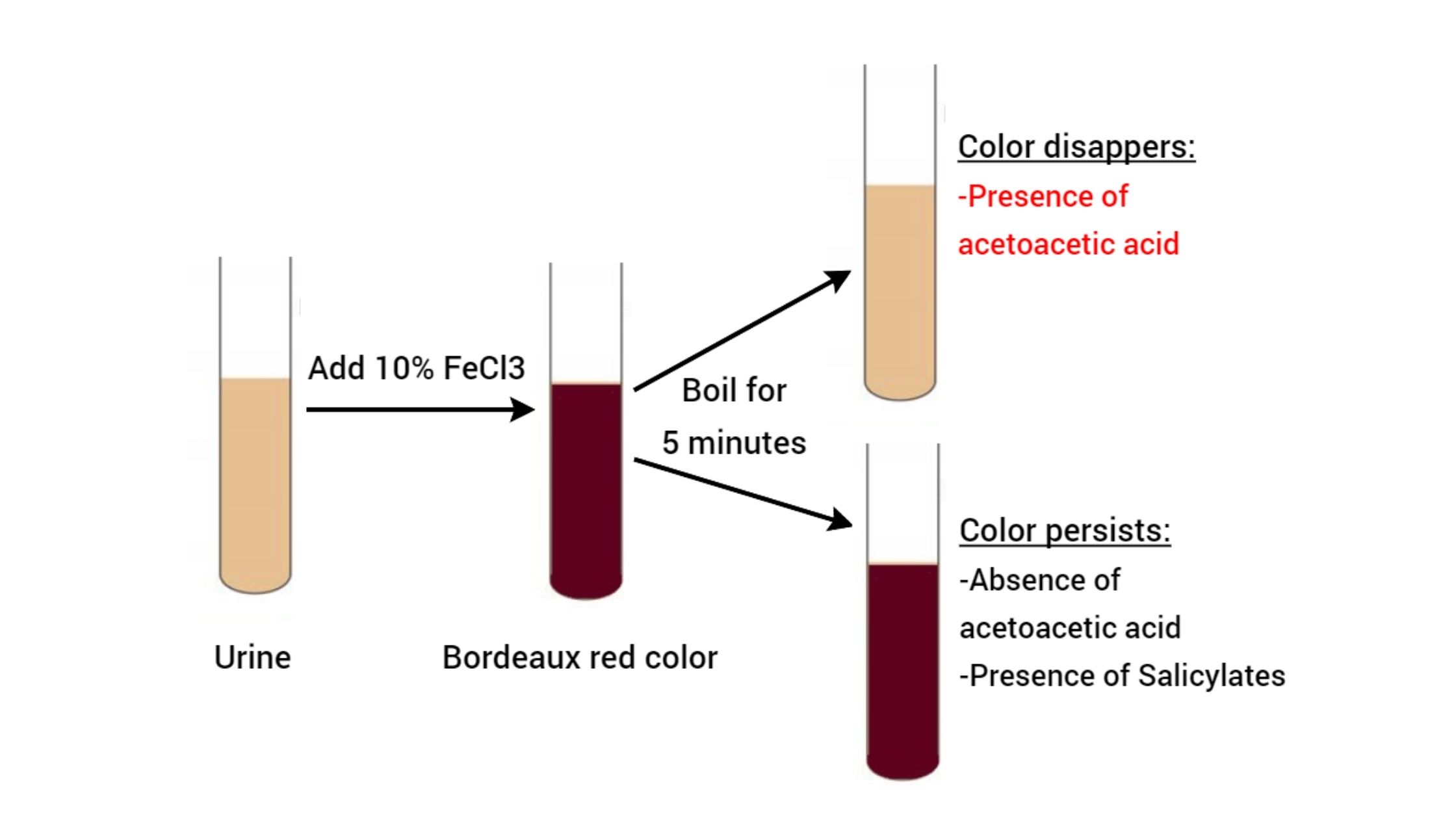Difference Between Virus and Viroids – Virus Vs Viroids
Difference Between Virus and Viroids In this article we will discuss about Differences Between Viroids and Prions. Virus Viroid Difference Between Virus and Viroids – Virus Vs. Viroids Feature Virus Viroid Genetic Material DNA or RNA, single- or double-stranded, linear or segmented Small circular single-stranded RNA molecule Capsid/Coat Protein coat (capsid); some have additional lipid … Read more









